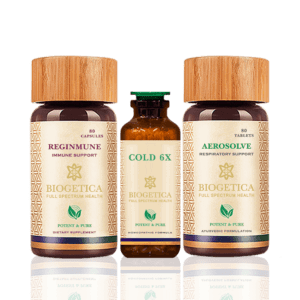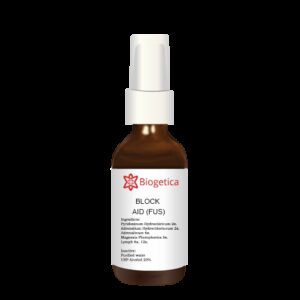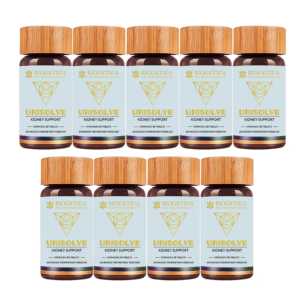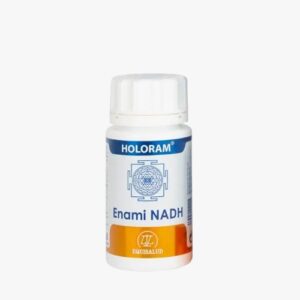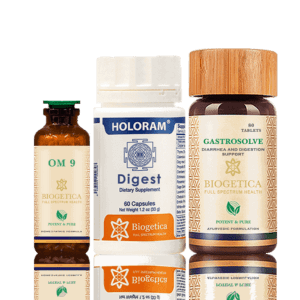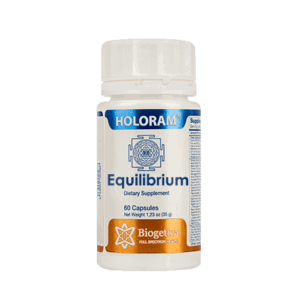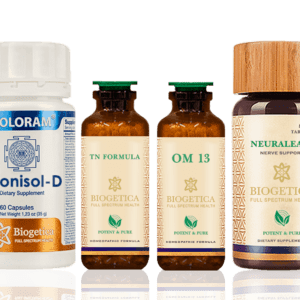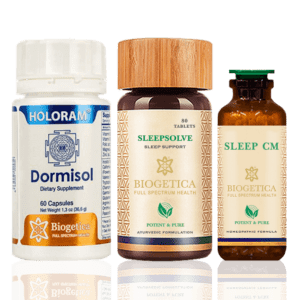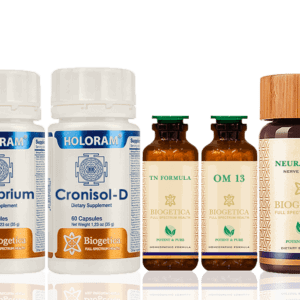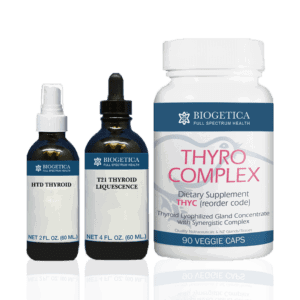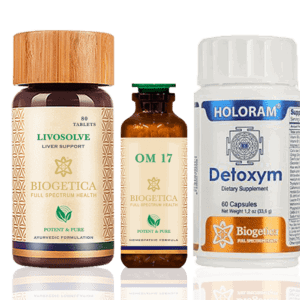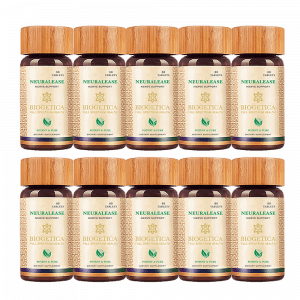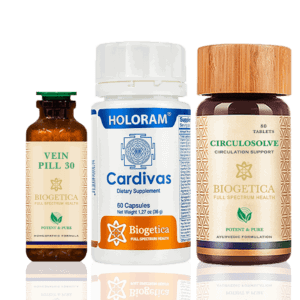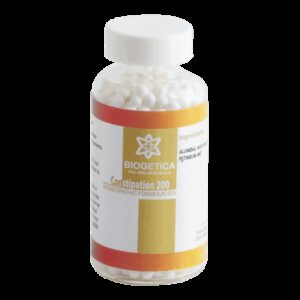Understanding the Most Common Types of Arthritis: A Comprehensive Guide
Arthritis, a condition which in fact covers well over 100 pathological conditions, is a widespread disease all over the globe, with people suffering from pain, stiffness and mobility restriction. It is necessary to admit that the most common types of arthritis that require main attention in the context of management and treatment. This review will walk you through the definition, signs, diagnosis, options for treatment, and prevention strategies of Osteoarthritis, Rheumatoid Arthritis, Psoriatic Arthritis, Gout, Ankylosing Spondylitis, Juvenile A, and Reactive A.
Arthritis is one of the very common diseases that can cause a notable decrease in the quality of life of a person. Whether one is dealing with joint pain, seeking information for a loved one, or trying to grasp all the complexities behind different kinds of arthritis, it is vitally important to know all ins and outs. In our next segment, we get into the nitty-gritty of some of the most frequent arthritic diseases and thereby equip you with comprehensive knowledge that will help you to stay in the pink of health.
Overview of Arthritis:
Arthritis is a general name for inflammation of joints most commonly causing severe pain, and swelling. While there are numerous types of arthritis, the most common types include:
- Osteoarthritis (OA):
- Definition: OA is a degenerative joint disease that manifests itself in the articular cartilage, the main structural component of the joint, with characteristic symptoms of pain and stiffness.
- Causes: Age, genetics, and joint injury combined with obesity are the most common risk factors.
- Symptoms: The manifestations include joint pain, stiffness, tenderness, and the lack of stereotypical movements.
- Diagnosis: According to this medical history, through physical examination, and with radiography tests done.
- Treatment Options: Medications, physical therapy, lifestyle modifications (e.g., a healthy diet, proper weight management, and regular exercises), and surgical interventions in cases of severe damage.
- Prevention Strategies: Stay at a healthy weight, keep fit, take your joints well and not to make overloads and repetitive stress upon it.
- Rheumatoid Arthritis (RA):
- Definition: ACR is an autoimmune disease, which causes inflammation of synovium, thus joint damage and organ involvement/complications arise.
- Causes: The contribution of genetics, harmful environmental elements, and immune system dysfunction cannot be denied as well.
- Symptoms: Due to the inflammation, there are also occurrences of joint pain, swelling, stiffness, fatigue and whole body manifestations.
- Diagnosis: Blood tests, imaging examinations, and signs review.
- Treatment Options: Disease modifying anti-rheumatic drugs (DMARDs), and biologic agents; corticosteroids and lifestyle modification treatments.
- Prevention Strategies: Early diagnosis and treatment, schedule control, and regular monitoring of the parameters, which are all the tertiary prevention of chronic diseases.
- Psoriatic Arthritis (PsA):
- Definition: PsA is a form of chronic inflammatory arthritis occurring with psoriasis, affecting joints and skin Psoriatic arthritis (PsA) is a form of chronic inflammatory arthritis occurring with psoriasis and affecting the joints and the skin.
- Causes: Screening and sequence searching perform for predisposition and dysfunction of the immune system.
- Symptoms: Pain, swelling, skin rashes, and nails deformity followed by eye infection.
- Diagnosis: The diagnosis of psoriatic arthritis involves clinical assessment, image studies and consideration of anus history.
- Treatment Options: NSAIDs such as ibuprofen and naproxen, DMARDs including methotrexate and sulfasalazine, biologics focusing on specific immune system targets, and lifestyle modifications.
- Prevention Strategies: The treatment of psoriasis should involve efforts to ensure that the disease is caught early, treated promptly, and skin care management for managing the condition.
- Gout:
- Definition: Gout is one type of arthritis. It is a reason for the sudden, sharp pain and swelling which is painful around the knee or big toes.
- Causes: Elevated in the blood of blood which crystals after with the urate forming joints.
- Symptoms: Leading to the jargon as Gout symptom, the characteristic symptoms are pain, redness, swelling, and warmth, usually in the big toe.
- Diagnosis: A clinical examination of the joints, analysis of the fluid from the joints and blood testing to measure uric acid in the blood.
- Treatment Options: Medications to treat pain and inflammation, implementing lifestyle changes as well as dietary adaptations aimed at reducing the strength of uric acid.
- Prevention Strategies: If possible, wear a size small, keep the alcohol to the minimum, do not eat food rich in purines, and remember to stay with water.
- Ankylosing Spondylitis (AS):
- Definition: AS is a recurrent inflammatory arthritis, particularly found in the sacroiliac joints and inflammation of the spine recognizable by fusion of the spinal column.
- Causes: The auto-immune abnormality and spontaneous mutation are influential.
- Symptoms: It may be difficult to move, sit, and stand straight with the weakening of muscles and degeneration of the vertebral spines.
- Diagnosis: Evaluation by clinicians, tests with results, and consideration of symptoms and the patient’s history.
- Treatment Options: The nonsteroidal anti-inflammatory drugs (NSAIDs), biologic agents, physical therapy, and exercises are used not only for diagnostics but also for the immediate treatment of involved joints.
- Prevention Strategies: Early diagnoses, continuous physical activity, keeping good positions, and smoking cessation.
- Juvenile Arthritis (JA):
- Definition: JA – Juvenile arthritis, involves 2 categories of arthritis cases that can develop in children age 16 years or younger including autoimmune and inflammatory conditions.
- Causes: JA is caused by genetic, external environment and the failure of the immune system; genetic, external environment and the failure of the immune system are the 3 reasons for JA, respectively.
- Symptoms: Joint pain and swelling accompanied by stiffness, fever, rash, and fatigue.
- Diagnosis: Collection of clinical statistics, blood tests, image emphasizing, and involving symptoms.
- Treatment Options: Use of prescriptions, physical training, occupational training and dietary modifications based on the child’s individual requirements.
- Prevention Strategies: Early detection, prompt treatment, regular monitoring, and supportive or comfort care.
- Reactive Arthritis:
- Definition: The reaction as inflammation of joints that is incited by another infection in which there is the infection that caused from the viral or bacterial infections.
- Causes: Many times, this may involve a trigger such as an infection of the GI tract or genitourinary system when they are prone to develop reactive arthritis.
- Symptoms: War and disease usually cause all these symptoms to happen simultaneously: stiffness, swelling, redness and inflammation, which follows if one gets a fever.
- Diagnosis: Clinical evaluation, symptom check-up, laboratory tests to detect infection and inflammation biomarkers.
- Treatment Options: Antibiotics if illness stemming from infections is present, Non-steroidal anti-inflammatory drugs (NSAIDs), corticosteroids and physical therapy.
- Prevention Strategies: Give special care to good hygiene, treat infections promptly, and look for medical attention if persistent joint pain arises after an infection.
Through the knowledge of signs and body language changes, diagnosis of these diseases, and treatment options available for them will help people control it better and thus get a better life quality. The corps sections which follow, will be more comprehensive about each type and mostly practical for managing.
Comparison of Common Types:
To better understand the most common types of arthritis, it’s essential to compare their key features: To better understand the most common types of arthritis, it’s essential to compare their key features:
- Osteoarthritis (OA): Majority of the time it occurs in weight-bearing joints–knees, hips, and lower spinal. Gradual manifestation, extremely rare and has a common association with aging or joint wear and tear.
- Rheumatoid Arthritis (RA): Equal participation in the joints, which can affect wrists, ankles or small joints of fingers or toes. Joints are directly assaulted by inflammation and it may spread out of the joint of ankylosing spondylitis.
- Psoriatic Arthritis (PsA): Psoriatic arthritis often occurring for those with psoriasis is associated with targeted skin and joint areas aspects. Multiple formations have been recognized, such as monoarthritis, asymmetric polyarthritis, psoriatic nail changes, and different types of skin eruptions.
- Gout: Edged on by sharp, crashing pain of joints, particularly groin area. Uric acid owing to changes in the metabolic state leads to uric acid crystal deposition.
- Ankylosing Spondylitis (AS): Multifaceted with a tendency to largely impact the spinal column and sacroiliac joint. Chronically inflaming secondary to fusion of the spine which will lead to reduced mobility in the long haul.
- Juvenile Arthritis (JA): The diversities in patterns will center around onset that finalizes in childhood or adolescence involving a host of autoimmune and inflammatory diseases. Multiple courses of different diseases such as presentation and progression.
- Reactive Arthritis: Develops after an infection usually influencing musculoskeletal system, eye, and stomach. It is typically transient in nature, yet in a few cases, it might continue and result in persistent problems.
Importance of Early Detection and Treatment:
Early detection and prompt treatment play pivotal roles in managing arthritis effectively: Early detection and prompt treatment play pivotal roles in managing arthritis effectively:
- Early Diagnosis: Enable the health care providers to take interventions for timely as soon as they see the patient and so be in position to prevent the disease progression and simply joint damage.
- Tailored Treatment: Helps medical providers determine appropriate treatment regimens account for each patient’s current health conditions and the degree of their illnesses.
- Improved Outcomes: At the beginning of treatment, timely application of optimal procedures can lead to the assuagement of the symptoms, improvement of function and enhancement of quality of life.
- Prevention of Complications: The treatment of arthritis on time is effective in establishing the early stages of complications which may include the deformities of the joint and disability.
Via the early diagnosis and treatment, folks with arthritis tend to become more intelligent about the disease and be able to maintain good joint health.
Lifestyle Recommendations:
In addition to medical treatments, lifestyle modifications play a crucial role in managing arthritis: In addition to medical treatments, lifestyle modifications play a crucial role in managing arthritis:
- Healthy Diet: Emphasize a balanced diet in a great variety of fruits and vegetables. Also add whole grains, lean proteins and omega-3 fatty acids to your diet. Preferably, have a limited intake of processed foods, sugary drinks, and items that contain high amounts of saturated fat.
- Regular Exercise: The right exercises are a key to tap ailments as lower-impact forms that include swimming, cycling, walking or yoga among others help improve joints’ flexibility, strength and fitness.
- Weight Management: Adopt a nutritional diet and keep it at a healthy weight to relieve symptoms and joint stress.
- Joint Protection: Adopt good ergonomic practices, make use of assistive aids when required, and avoid the types of movements that place excessive strain on joints.
- Stress Management: Introduce methods to decrease stress such as mindfulness, meditation, deep breathing and breathing exercises to further deal with pain and to provide better coping skills.
Many people will benefit from adapting to this advice. They will feel healthier and be better able to handle the consequences of their illness.
Biogetica offers a combination of resonance homeopathy, traditional herbs, and nutritional supplements to provide support to your joints and natural healing of damaged tissues.
Arthrose is a combination of nutrients that provides nutritional support to your joint health.
Arthrosolve is another product that is a blend of herbs and provides strength and support to your joints improving mobility and stiffness.
Conclusion:
Finally, knowledge of the prevalent kinds of arthritis, enables people to take charge of their health and strategize the effective management of their condition. Early detection, timely treatment and lifestyle awareness are essential to the best processing outcomes and living quality. The forms of Arthritis like Osteoarthritis, Rheumatoid Arthritis, Psoriatic Arthritis, Gout, Ankylosing Spondylitis, Juvenile Arthritis and Reactive Arthritis can be the main reasons of the damage to joints Through proper knowledge, prompt medical attention, and embracing the right lifestyle habits, people can effectively overcome the challenges of arthritis and continue to live and enjoy healthy happy lives.































